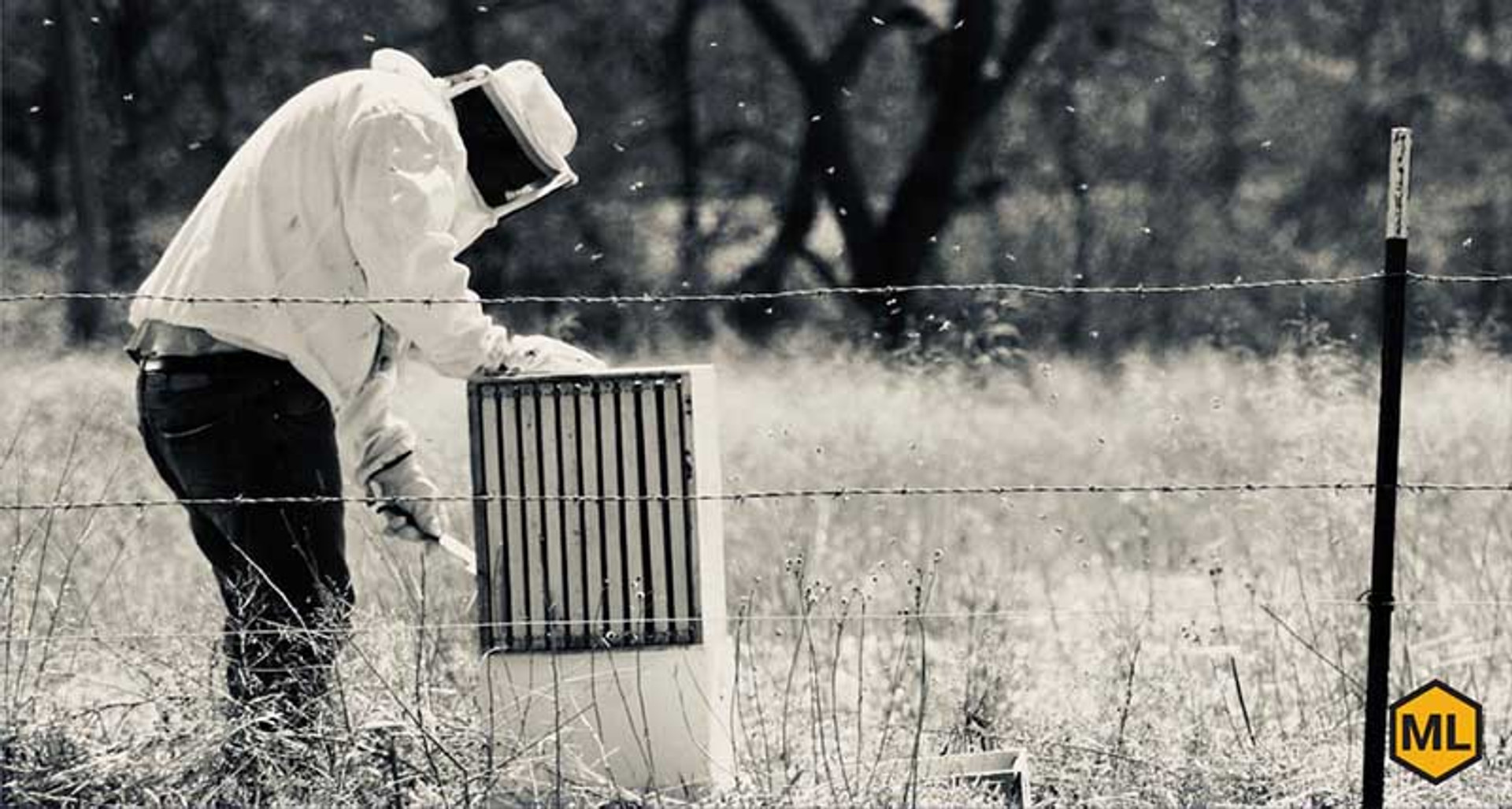A Brief History of Beekeeping
Humans and honey bees have had a relationship since ancient times. Prehistoric cave paintings depict humans gathering honey from wild hives. Egyptian temples feature pictures of beekeepers calming their bees with smoke. Archaeological sites in Israel house early hives made of straw or clay.
We can find evidence of beekeeping and honey foraging over the millennia, but the details have changed over the years. If you’ve ever wondered how humans domesticated honey bees, how bee colonies spread across the globe, or how beehives evolved over time, you can find the answers in this brief history of beekeeping.
ANCIENT TIMES
Even before humans kept their own hives, they foraged honey from wild honey bees. Foragers used smoke—just as modern-day beekeepers do—to keep the bees calm as they approached the hive. Unfortunately, this foraging often meant breaking the hive open to reach the honeycomb, displacing and often destroying the colony. The same occurred in the earliest domesticated hives. Early beekeepers utilized hollowed-out logs and tree stumps to keep their hives. When beekeepers wanted to access the honey during harvest season, they had to clear out their bees and destroy the hive.
ARTIFICIAL HIVES
Over time, humans created the first artificial beehives out of baked clay or woven straw. These hives, called skeps, looked like upside-down pots with a hole near the bottom for bees to exit and enter the hive. Unfortunately, beekeepers were still required to destroy the hive—and often the colony—in order to access honey during harvest season.
Beekeepers began looking for alternative hive designs that preserved their colonies and the honey. They eventually found a solution in wooden hive boxes, which served as the starting point for a few experimental designs. None of these designs gained popularity until the 1850s, when a Pennsylvanian minister named Lorenzo Langstroth created the Langstroth hive. His design of a vertical hive with completely removable frames revolutionized modern beekeeping, and it’s still the most popular hive design today.
BEEKEEPING TODAY
Many elements of ancient beekeeping still exist today: the use of smoke, the value of natural honey, and humankind’s natural curiosity and innovation. It is this curiosity and innovation that makes modern day beekeeping such a success. The beekeeping community is a passionate group, eager to learn more about the creatures and activity they hold so dear.
Now that you know this brief history of beekeeping, are you eager to join such an ancient and significant tradition? Mann Lake has everything you need to start your beekeeping career right, from unassembled beehive frames to complete beekeeper starter kits. We’re here to provide you with all the resources and information you need to turn your budding passion into a success.

